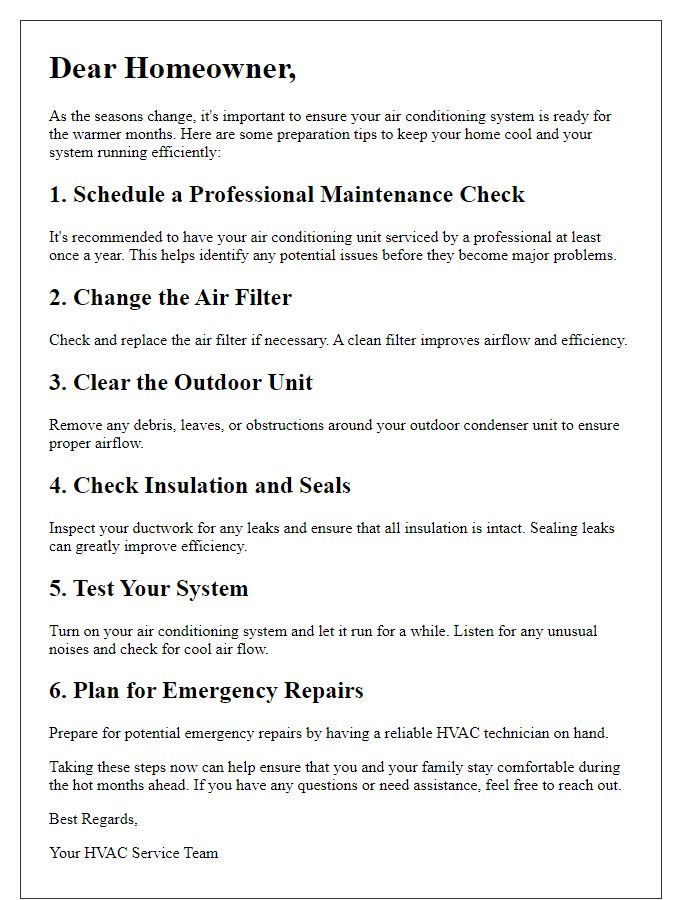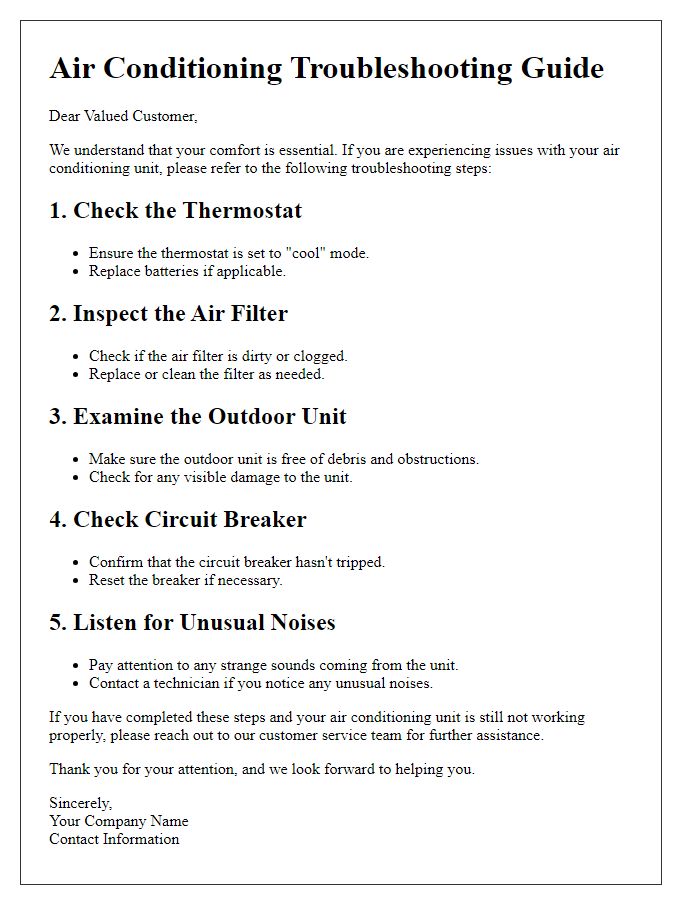Are you looking to keep your home or office cool and comfortable this summer? Understanding the proper guidelines for using your air conditioning system can make all the difference in efficiency and comfort. From setting the right temperature to regular maintenance tips, these simple practices can not only enhance your air quality but also save on energy costs. Ready to learn more about how to optimize your air conditioning use?

Introduction and Purpose
Proper air conditioning usage guidelines are essential for maintaining optimal indoor air quality and energy efficiency in residential and commercial spaces. Air conditioners, such as central systems or window units, are designed to regulate temperature, humidity, and air circulation, providing comfort during hot months. Understanding the purpose of these guidelines helps users prevent excessive energy consumption, reduce utility bills, and prolong the lifespan of the cooling units. Moreover, following these practices can mitigate environmental impacts by lowering carbon emissions associated with increased energy use. Observing recommended temperature settings (generally around 24-26 degrees Celsius) and regular maintenance routines is crucial for enhancing the overall effectiveness of air conditioning systems.
Optimal Temperature Range
Maintaining an optimal temperature range for air conditioning units, typically between 22 to 26 degrees Celsius (72 to 78 degrees Fahrenheit), enhances energy efficiency and comfort levels in residential and commercial spaces. Proper cooling settings can lead to energy savings of up to 10% for every degree above 22 degrees Celsius. Excessively low temperatures can cause strain on the air conditioning compressor, leading to potential malfunctions and increased repair costs. Additionally, homes located in humid climates should prioritize maintaining a balance between temperature and humidity levels, aiming for a humidity range of 30% to 50% to prevent mold growth and maintain indoor air quality. Regular maintenance, including changing air filters every 1 to 3 months, ensures optimal airflow and efficiency.
Energy Efficiency Practices
Air conditioning systems significantly impact energy consumption in residential and commercial spaces. Proper usage guidelines can enhance energy efficiency, resulting in reduced electricity bills and lower greenhouse gas emissions. Setting thermostats at or above 24 degrees Celsius during peak summer months can lead to energy savings of approximately 10-15%. Regular maintenance, including cleaning or replacing air filters every one to three months, plays a crucial role in optimizing performance and efficiency. Utilizing programmable thermostats can further automate temperature adjustments according to occupancy schedules, potentially saving up to 30% in energy costs. This practice is particularly effective in regions with extreme temperatures, such as the Southwestern United States, where air conditioning is essential for comfort. Lastly, ensuring that the outdoor unit is shaded reduces the need for excessive cooling, benefiting both the environment and the energy budget.
Maintenance and Service Schedule
Regular air conditioning maintenance is vital for optimal performance and longevity of HVAC systems in residential or commercial buildings. Monthly filter inspections and cleaning prevent dust accumulation, enhancing airflow and energy efficiency. Seasonal servicing, at least twice a year, typically in spring and fall, ensures refrigerant levels are adequate and components like fans and coils are clean. Professional technicians often conduct diagnostics on systems such as split units or central air conditioners to identify issues early. Additionally, calibrating the thermostat periodically promotes accurate temperature regulation, contributing to energy conservation and indoor comfort. Documenting all maintenance efforts aids long-term tracking and compliance with manufacturer warranties.
Contact Information for Support
Proper air conditioning usage helps maintain optimal indoor temperatures and improve air quality. Regular maintenance is essential, with professionals recommending annual servicing schedules, typically during the spring months to prepare for peak summer usage. Users should be aware of optimal temperature settings, with the U.S. Department of Energy suggesting 78 degrees Fahrenheit (approximately 25.5 degrees Celsius) for energy efficiency during warm seasons. In case of malfunctions or concerns, users can reach out to local support helplines, which may provide 24/7 assistance, ensuring quick resolution of issues relating to refrigerant levels or system efficiency. Additionally, proper filters should be replaced every 1-3 months to enhance airflow and filtration effectiveness.
Letter Template For Air Conditioning Use Guidelines Samples
Letter template of air conditioning operation instructions for residential settings

Letter template of air conditioning maintenance tips for commercial offices

Letter template of air conditioning energy conservation strategies for businesses

Letter template of air conditioning safety protocols for public buildings

Letter template of air conditioning best practices for schools and educational institutions

Letter template of air conditioning seasonal preparation advice for home owners

Letter template of air conditioning health benefits information for workplaces







Comments